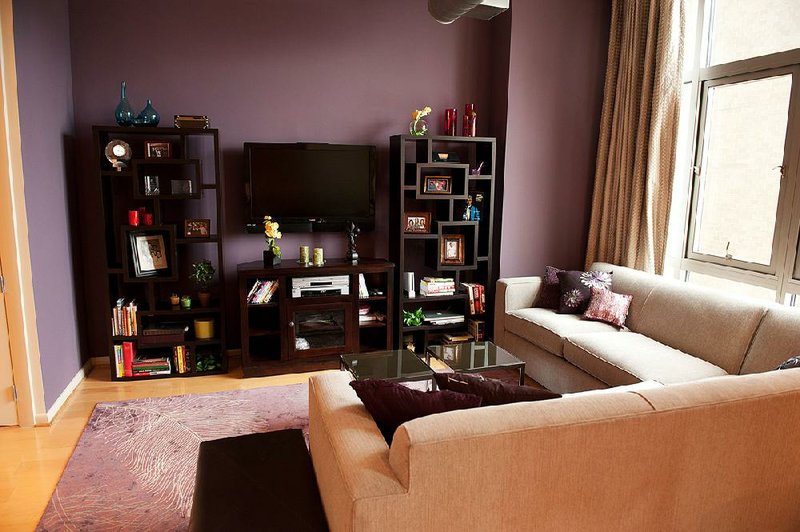In a small space, every inch counts -- and every mistake can have big consequences. We asked five designers for their go-to remedies:
• The mistake: Hanging heavy window treatments
"I've walked into countless small spaces and discovered heavy, dark drapery that devours the space and makes it smaller," said Trystin Kier Francis of Trystin Kier Co. in Washington.
The solution: Use lightweight treatments, Francis said, that let in more light. Try silk (which works in any season, Francis said), cotton or linen.
"Lightweight draperies allow for sunlight to bathe the home with tons of natural light."
• The mistake: Buying (or accepting hand-me-down) furniture that is too big
"Scale in small places is critical," said Sandra Hambley of DecorAndYouDC in Herndon, Va.
The solution: Look for pieces that have straight lines, Hambley said. "No sofas with big rolled arms or big cozy chairs meant for more than one person."
For a living room, consider a sofa that is no more than 80 inches long and 26 inches deep. And look for multipurpose furniture; try coffee tables with storage underneath, storage ottomans, sleeper sofas and sleeper ottomans, she suggests.
• The mistake: Choosing a furniture set
"Stores package furnishings in sets because it makes it easy to quickly furnish a space without having to put a lot of thought into it," said Ebonee Bachman of Moonlight Interiors in Washington. "Besides being really generic and uncreative, they are usually too big for small spaces."
The solution: Stop and measure before you buy. Determine what furniture you will need, Bachman said, and make sure it is scaled to size for the space.
"A good tip for determining the amount of furnishings you need is to define what your specific needs are and how you will use each item you are considering," Bachman said. "Ask yourself, 'Will I use that piece of furniture every day, or is it there to make the room look nice?'"
• The mistake: Painting a base molding in a different shade from the walls
"It's usually a very light white," said Brenton Bacari of Bacari Design in Washington. "This brings attention to the small perimeter of the room."
The solution: Paint the base molding (and crown if you have it) the same color as the walls. "Try to also have the same sheen as the walls," Bacari said, for a seamless look that will draw less attention to the size of the space.
• The mistake: Using too many colors
"You can add color to make things cozier, but you don't want the eye to gravitate to too much busyness," said Dennese Guadeloupe-Rojas of Interiors by Design in Silver Spring, Md.
The solution: Pick a neutral color you gravitate toward and stick to it, Guadeloupe-Rojas said. Then, add a brighter accent you can also carry throughout.
"Don't chop up color in each space," Guadeloupe-Rojas said. "I just did this with my daughter in her small apartment: We used a tan/taupe color with an orange accent. We added an orange accent wall in one room, and orange cabinet drawer knobs in the kitchen."
HomeStyle on 01/17/2015

